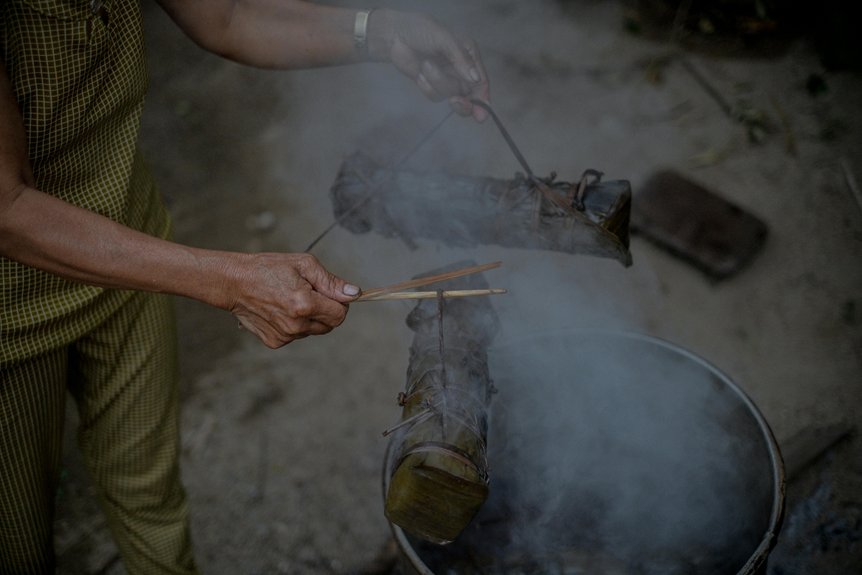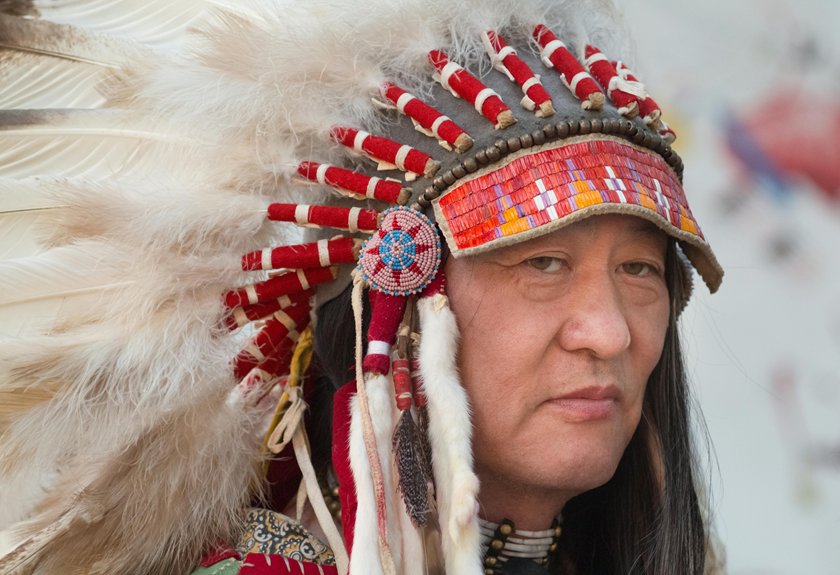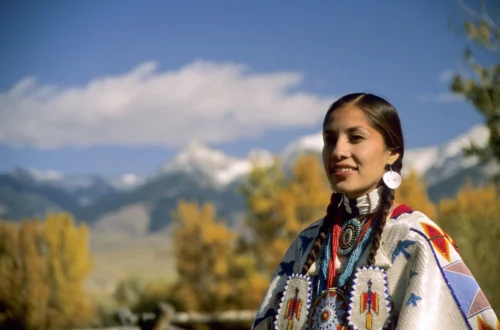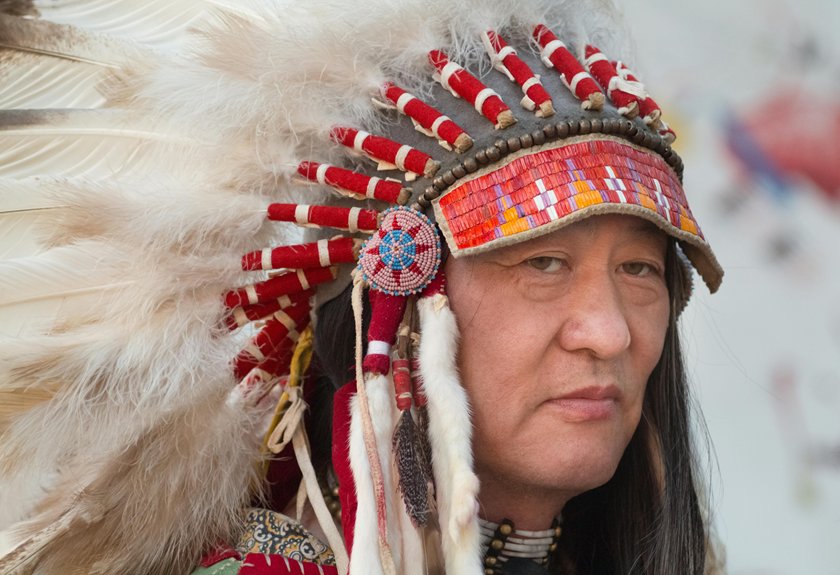When you explore what Native Americans eat, you’ll find a rich tapestry of foods shaped by their environment and traditions. Agriculture plays a crucial role, with staples like corn, beans, and squash forming the foundation of their diets. Regional ingredients vary widely, reflecting each tribe’s connection to the land. You’ll discover how these foods aren’t just sustenance; they carry deep cultural significance. But what does this mean for their modern cuisine?
The Role of Agriculture in Native American Diets
While many might think of Native American diets as solely reliant on hunting and gathering, agriculture played an important role in shaping these culinary traditions.
You’ll find that many tribes cultivated staple crops like corn, beans, and squash, often referred to as the “Three Sisters.” This holistic approach not only provided essential nutrients but also fostered a deep connection to the land.
By practicing sustainable farming techniques, tribes guaranteed the soil remained fertile and the ecosystem thrived. Their agricultural practices were often intertwined with spiritual beliefs, emphasizing respect for nature and gratitude for the harvest.
Understanding this agricultural foundation helps you appreciate the rich tapestry of Native American cuisine, highlighting the intricate balance between cultivation, tradition, and cultural identity.
Regional Variations in Traditional Ingredients
The diverse landscapes across North America shaped the traditional ingredients used in Native American cuisine, reflecting the unique cultures and practices of various tribes.
In the Pacific Northwest, you’ll find an abundance of salmon, seaweed, and berries, while the Southwest offers a rich variety of corn, beans, and squash, staples of the region.
The Great Plains tribes relied heavily on bison, utilizing every part of the animal in their diets.
In the Northeast, you’ll discover a reliance on wild rice, maple syrup, and game meats.
Each region’s ingredients not only supported physical nourishment but also held spiritual significance, connecting communities to their land.
Understanding these regional variations helps you appreciate the deep-rooted traditions and holistic approaches of Native American foodways.
Common Preparation Methods and Cooking Techniques
As you explore Native American cuisine, you’ll discover that common preparation methods and cooking techniques are deeply rooted in tradition and community. Many tribes utilize open-fire cooking, allowing the flavors of natural ingredients to shine through.
Steaming is another essential technique, often using earth ovens lined with hot stones, which infuses dishes with moisture and flavor. You might also encounter drying and smoking, methods that preserve food for long periods while enhancing taste.
Fermentation plays a role too, creating unique flavors in items like wild rice. Additionally, many tribes emphasize communal cooking, gathering to share meals and pass down recipes, fostering a sense of unity and respect for the ingredients sourced from the land.
This holistic approach honors both the food and the community it nourishes.
The Importance of Fish and Game in Coastal Tribes
Coastal tribes have long relied on fish and game as essential components of their diet and culture, emphasizing a deep connection to their environment.
These communities understand the rhythm of the tides and seasons, which guide their fishing and hunting practices. Fish like salmon and halibut provide not just sustenance, but also a sense of identity and tradition.
You’ll find that hunters respect the animals they pursue, viewing each catch as a gift from nature, integral to their survival and spiritual beliefs.
The preparation of these foods often involves age-old techniques passed down through generations.
The Significance of Food in Cultural Ceremonies
Food plays a pivotal role in the ceremonies of Native American cultures, weaving together threads of community, tradition, and spirituality. You’ll find that each dish served often carries deep symbolic meaning, representing gratitude, connection to ancestors, and respect for nature.
During significant events like harvest festivals or healing rituals, traditional foods—such as corn, beans, and wild game—become central elements. They’re not just sustenance; they embody teachings and stories passed down through generations. Sharing these meals fosters unity, strengthening bonds among participants.
You’ll notice that even the preparation of food can be a ceremonial act, reflecting a holistic approach to life where every ingredient is honored. In this way, food transcends mere nourishment, becoming a sacred expression of cultural identity.
Modern Influences on Native American Cuisine
While traditional practices form the backbone of Native American cuisine, modern influences have begun to weave their way into these culinary traditions.
Today, you might notice how contemporary ingredients and techniques enhance the flavors and health benefits of traditional dishes. Here are some key modern influences:
- Fusion Cuisine: Many chefs blend Native American ingredients with global flavors, creating innovative dishes.
- Health Consciousness: There’s a focus on organic and locally sourced foods, reflecting a holistic approach to health.
- Culinary Education: Increased access to culinary training helps preserve traditional methods while introducing new techniques.
- Cultural Exchange: Collaborations with other cultures promote an appreciation of Native American foodways.
These influences not only enrich the cuisine but also honor its roots, creating a vibrant culinary landscape.





